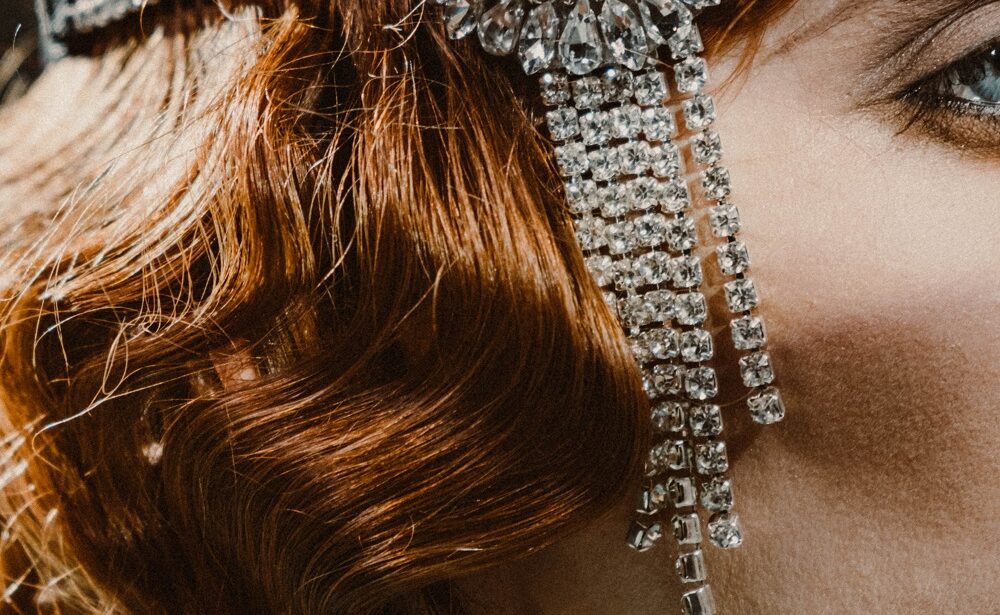Photo by cottonbro studio
Antique jewelry possesses a timeless charm and historical significance that makes it a captivating investment for collectors and enthusiasts. Whether you have a passion for intricate Victorian-era pieces, Art Deco designs, or vintage gems from the 1960s, antique jewelry offers a glimpse into the craftsmanship and style of bygone eras. In this article, we will provide a comprehensive guide to collecting and investing in antique jewelry. We will explore the allure of antique pieces, the factors to consider when building a collection, tips for evaluating quality and authenticity, and the potential investment value of antique jewelry.
Understanding Antique Jewelry
Antique jewelry refers to pieces that are at least 100 years old. These treasures often showcase exquisite craftsmanship, unique designs, and the use of high-quality materials. Antique jewelry spans various periods, including Georgian, Victorian, Edwardian, Art Nouveau, Art Deco, and Retro eras. Each era has distinct characteristics that contribute to its appeal and value.
Building an Antique Jewelry Collection
When building an antique jewelry collection, it’s essential to have a clear focus and understanding of your preferences. Research different eras and styles to determine the aesthetics that resonate with you. Consider factors such as design, materials, and historical significance. Start by collecting pieces that align with your personal taste and gradually expand your collection.
Authenticity and Quality
Authenticity and quality are paramount when investing in antique jewelry. Due diligence is crucial to ensure that you are acquiring genuine pieces. Look for hallmarks, maker’s marks, or other identifying marks that indicate the origin and authenticity of the jewelry. Research reputable dealers and consult with experts in the field to verify the authenticity of the pieces you are interested in.
Evaluate the quality of the materials used in the jewelry. Precious metals like gold, silver, and platinum should be well-preserved and free from damage. Gemstones should be genuine and properly set. Assess the craftsmanship, paying attention to details such as the precision of the setting, the condition of the enamel (if present), and the overall condition of the piece.
Investment Potential
Antique jewelry can be a valuable investment if approached with knowledge and careful consideration. The investment potential of antique jewelry is influenced by several factors.
1. Rarity and Scarcity: Rare and one-of-a-kind pieces tend to appreciate in value over time. Limited availability and unique designs make them highly sought after by collectors, increasing their investment potential.
2. Historical Significance: Jewelry that carries historical significance, such as pieces worn by notable individuals or associated with significant events, often commands higher value due to their historical relevance and storytelling ability.
3. Demand and Market Trends: Understanding market demand and trends is crucial for successful investing. Stay informed about popular styles, emerging trends, and changes in collector preferences. Periodically reassess your collection to ensure it aligns with current market demands.
4. Condition: The condition of antique jewelry greatly affects its value. Pieces in excellent condition, with minimal wear and restoration, tend to be more valuable and desirable to collectors.
5. Provenance: Provenance refers to the documented history of a piece, including previous owners, notable events, and any relevant information that adds to its story. Jewelry with well-documented provenance can command higher prices due to the additional historical context and authenticity it provides.
6. Expert Appraisal: Consulting with reputable appraisers and experts in antique jewelry is essential for determining the value and investment potential of your collection. Their knowledge and experience can help you make informed decisions about buying, selling, and insuring your pieces.
Caring for Antique Jewelry
Proper care and maintenance are crucial for preserving the beauty and value of antique jewelry. Handle pieces with care, avoiding excessive force or impact. Store them in a cool, dry place away from direct sunlight and harsh chemicals. Regularly clean your jewelry using gentle methods and appropriate cleaning solutions recommended for specific materials. Consider periodic professional cleaning and inspection to maintain the condition of your collection.
Antique jewelry holds a unique allure and represents a tangible connection to history and craftsmanship. Building a collection of antique jewelry requires a thoughtful approach, considering factors such as authenticity, quality, and investment potential. With careful research, expert guidance, and an appreciation for the beauty and historical significance of each piece, collecting antique jewelry can be a rewarding endeavor both aesthetically and financially. Invest wisely, care for your collection, and let the timeless charm of antique jewelry continue to captivate generations to come.
Generated by ChatGPT
